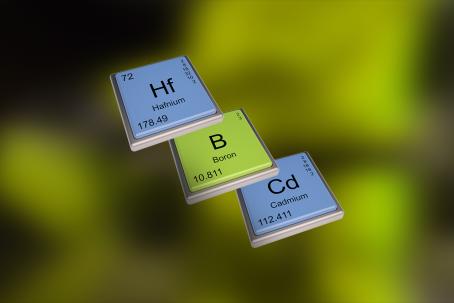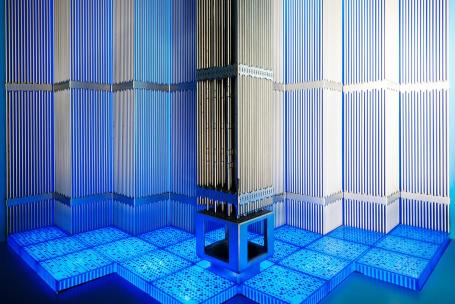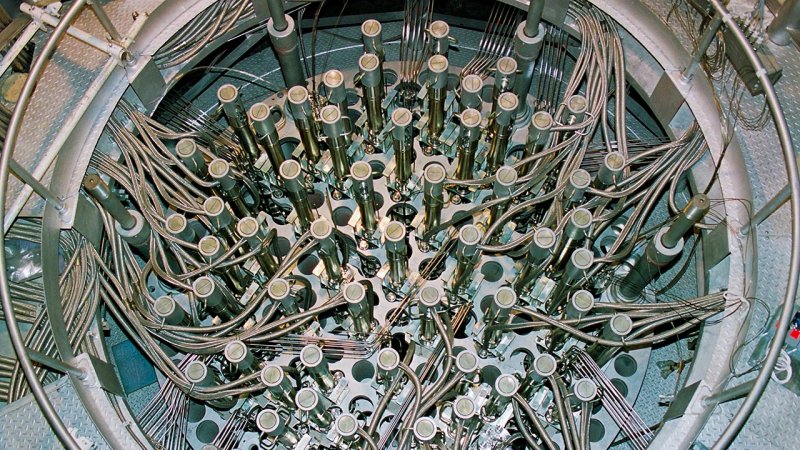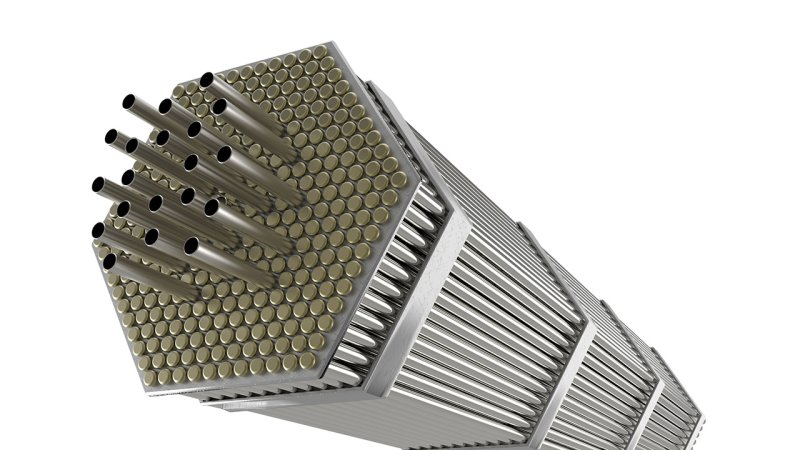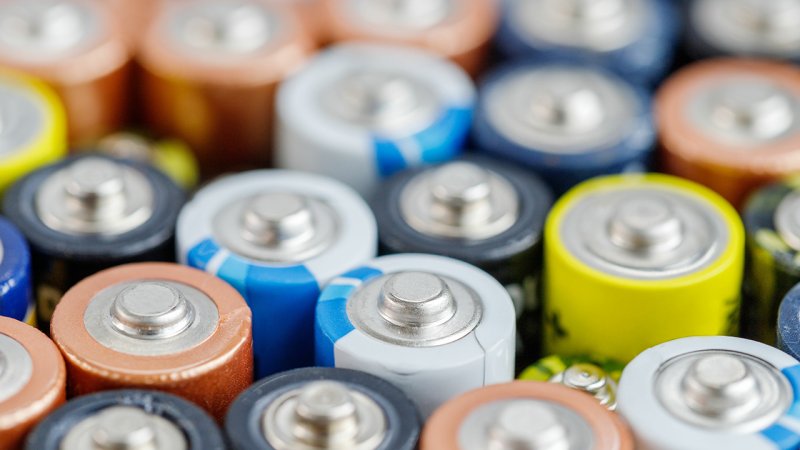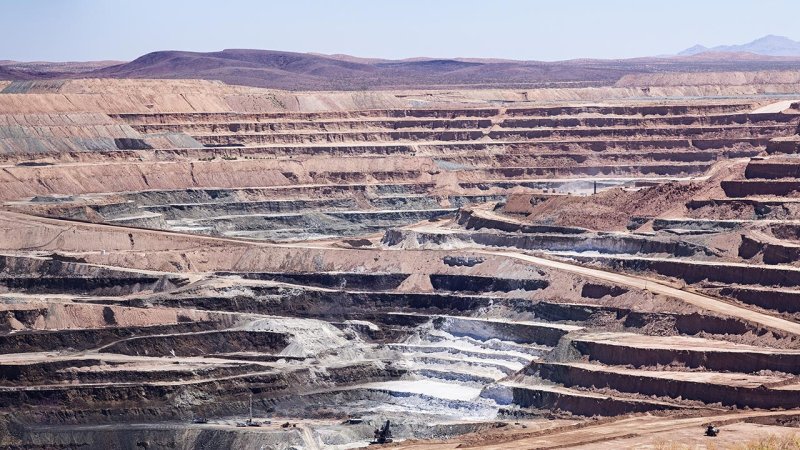
Absorber
4 min read
Boron, cadmium, and hafnium are the elements most commonly used as additives in alloys to make absorber and shutoff rods.
Since the reaction intensity depends primarily on the number of free neutrons in the reactor core, the easiest way to control the chain reaction is the presence or absence of some substance that has the ability to absorb neutrons. Such a substance is called an absorber. Many different elements are used; boron and cadmium are commonly used.
Water with Dissolved Boric Acid
Reactors that use water as a moderator and coolant often use as one of the absorbers boric acid dissolved in the water coolant. Boron is a very effective neutron absorber. The acid concentration can be easily regulated and thus the course of the fission reaction may be controlled. Moreover, the dissolved boron reaches all the nuclear reactor elements at the same instant and the same concentration. During refueling and fuel handling, the reactor is usually flooded with water containing higher concentration of dissolved boric acid.
Video: Principle of the control rods.
Control Rods
Control rods (also called regulating rods) made of steel alloyed with boron and containing cadmium or hafnium are inserted in between the fuel bundles in a nuclear reactor. The absorber concentration is decreased by pulling the rods out of the reactor core, causing the reactor power to increase. Inserting more control rods causes the reaction to be inhibited and the power output decreases. In some types of reactors, the upper part of the fuel bundles is made of an absorbing material. The depth of the fuel insertion into the reactor core controls the reactor power.
Shut-off Rods
Absorber rods are contained in assemblies of the VVER 1000 type pressurized water reactors; they are evenly spaced in between the fuel assemblies. They move inside protective tubes.
Emergency rods with a high content of absorbing material (boron, cadmium) are used for fast reactor shutdown and instant inhibition of the fission reaction. If needed, these rods are dropped into the reactor core. They absorb the incident neutrons and stop the fission reaction. In some reactors, the shut-off rods are held by electromagnets above the core and drop in between the fuel bundles by gravity. In other reactors, they are driven into the core so that the effect is immediate.
Absorbing Material Contained in the Fuel
Nuclear fuel contains a mixture of the uranium 235U and 238U isotopes. The uranium 238U isotope often captures neutrons, thus acting as an absorber. Moreover, many other elements and their isotopes are produced during fission. Some of them have a high probability of capturing neutrons, thus acting as additional absorbers. Absorbing elements are sometimes added to the fuel on purpose for example gadolinium. At first, it functions as an absorber but it is gradually transmuted by the neutron flux into other elements losing its tendency to capture neutrons. As the amount of 235U decreases, so does the absorber content in the fuel, and the overall reactor control becomes easier to perform.
Elements produced by fission reactions in a nuclear reactor that are capable of capturing neutrons are known as reactor poisons and the capture of neutrons is called reactor poisoning.



